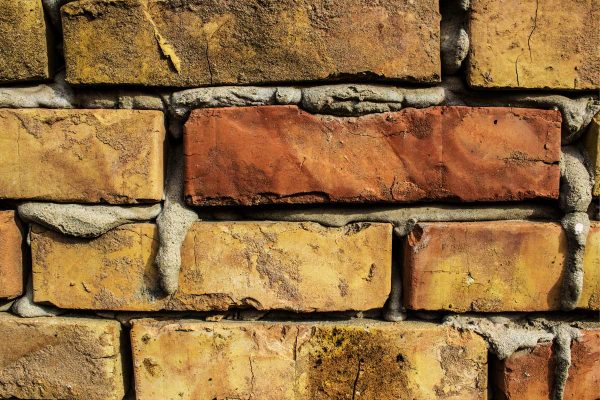How to fix your mortar

There’s a good chance you’ve never heard of tuckpointing if you’re the average person on the street.
Yet it’s one of the main factors that keeps the buildings you walk by on a daily basis from crumbling to dust. It’s one of the most important maintenance tasks and repairs that masons undertake. And the proper use of it is key to preserving the beautiful brick and stone work of historic buildings.
So what is it? Why does it matter? And how does it work?
What is tuckpointing?
Simply put, tuckpointing is the process of removing old, damaged mortar and replacing it with new mortar. It involves routing out the old mortar to a uniform depth all the way along the joint, then mixing new mortar that is matched in both color and composition.
Why should I care?
Mortar, like any other building material, doesn’t last forever. Though masonry buildings are durable, they’re not indestructible. Over time mortar joints break down due to weather and other processes, and as they break down the structure gets weaker and water can get into the building. In some cases, if mortar problems are completely ignored the mortar can fall apart entirely and cause loose bricks and stones. At that point tuckpointing will no longer work—the wall needs to be at least partially reconstructed, which is expensive, time-consuming and dangerous if it’s not taken care of straight away.
When do you need tuckpointing?
If you see worn or crumbly mortar, it’s time to think about tuckpointing. Mortar doesn’t break down linearly, but exponentially—the worse it gets, the faster it will deteriorate. Cracks and loose mortar allow water to enter the masonry and accelerate the breakdown process. That makes the job harder the longer you leave it, and in the worst case you’ll have to reconstruct the wall entirely.
How often should I get my mortar tuckpointed?
A good rule of thumb for mortar life is that it lasts twenty to thirty years. That can vary, though. Areas with very harsh weather (for example, Oklahoma) can need it sooner. You should keep an eye on your building’s condition closely and call a masonry specialist as soon as you see signs of decay.
If you want to keep your building in the best condition and avoid a costly masonry reconstruction, you should consider tuckpointing preventive maintenance, not a process to be undertaken once the mortar is failing. Replacing the worn and damaged mortar as it deteriorates will save you money over the long term and preserve the life of the building. It’s easier to pay a little bit at a time than pay all at once for mortar that’s gotten really bad.
If you think your building needs some TLC for its mortar, get in touch with JK Industries. We’ll come take a look and help you get your mortar back into perfect shape.
